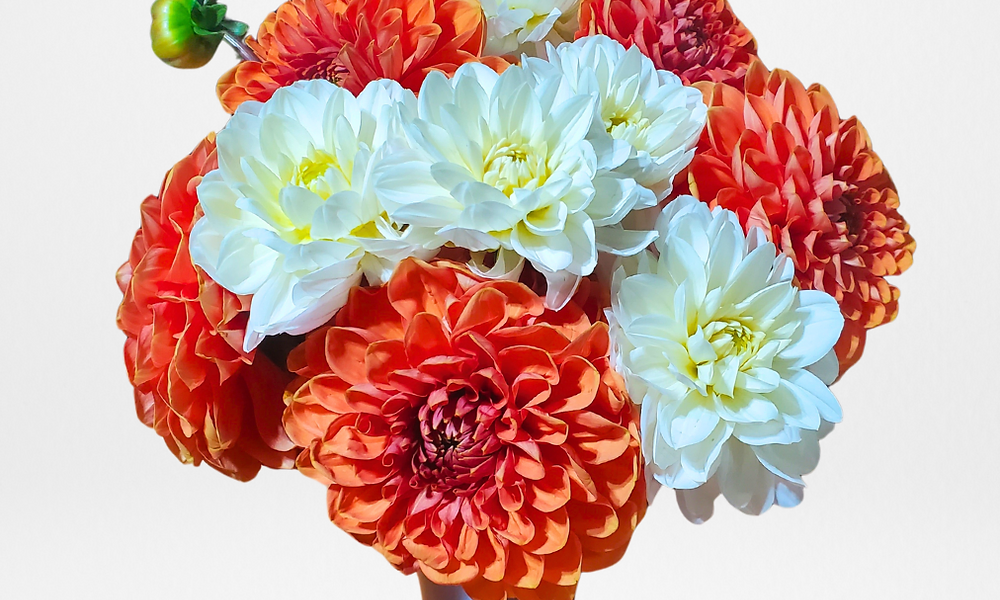DUBLIN--(BUSINESS WIRE)--The "South Korea Indoor Farming Market Overview 2027" report has been added to ResearchAndMarkets.com's offering.
Worldwide food shortages, rising global temperatures, uneven land terrains, and unpredictable weather conditions have given rise to indoor farming. It has proven to be a boon in times of crisis and has overcome all these uncertainties. Indoor farming is the method of cultivating crops or plants exclusively indoors. Indoor farming, often known as indoor gardening, can be done on small and large scales, both at home and commercially.
Indoor farming is especially popular in major cities because parcels of land of any size are scarce for growing and farming. Indoor farming uses 70 to 95% less water than traditional farming. Because indoor farming uses less soil, pests and other diseases are less of a concern. Indoor farming produces organic food that is free of pesticides and air pollution. Indoor farming has several advantages, including high-value crops that are easy to grow and where the majority of the yield may be consumed, and is a fantastic alternative to traditional agriculture. Crops can be produced indoors.
The growing conditions can be managed all year, nagging pests can be controlled, and water can be saved and used wisely in controlled quantities. Most importantly, indoor farming can produce more food per acre of land than traditional farming. Indoor farming produces considerably greater yields than traditional agriculture.
According to the report titled South Korea Indoor Farming Market Overview, 2027, the indoor farming market in South Korea is expected to grow rapidly over the forecast period. Indoor farming is a method of growing fresh vegetables and other plants that uses a variety of facilities such as vertical farming, indoor greenhouses, and others. Vertical farms are plants that are piled on levels and are frequently integrated into other structures such as shipping containers, skyscrapers, or warehouses.
Vertical indoor farms can produce more than traditional farms. Greenhouses have been the workhorse of indoor gardeners, particularly in the production of flowers and decorative plants. Modern high-tech designs were pioneered in the Netherlands and have since spread around the world. Several instances of these farms may be found throughout the United States, with the largest spanning hundreds of acres.
Greenhouse indoor farming is one of the oldest techniques of indoor farming and has the largest market share in South Korea. Vertical indoor farming is a new approach to the indoor farming industry, and it is growing in the country with a higher growth rate. Indoor farming uses fully enclosed and opaque rooms with artificial lighting to grow crops and consists of systems such as hydroponics, aeroponics, aquaponics, soil-based, and hybrids. Indoor farming recirculates and reuses water, using an average of 95% less water to cultivate the same crops as outdoor farming. When plants or crops are produced in vertical greenhouses, the transpiration process occurs, allowing farmers to reuse the water for irrigation.
Soil-based indoor farming has the highest market share in the South Korea. Hydroponic plants produce more fruits and vegetables because they are more tightly packed together in a hydroponic system than the amount of land required to cultivate the same number of plants. Hydroponics increases plant yields. A growth medium is used in some hydroponic systems to support the plant roots and enable more effective water absorption into the root structure. Plants may grow practically anywhere in an indoor hydroponic system all year.
Hydroponic systems are available in a number of forms, including vertical stacking systems that take up little space. Hydroponic systems are very successful techniques, utilized in a variety of agricultural fields as well as in natural disasters. However, this system requires fewer personnel, but it is still costly and complicated, despite its great output. Consumers are more health-concerned and prefer veggies that are free of residue. The South Korea hydroponics market share is rising exponentially in the indoor farming market.
The aeroponics technology of indoor farming improves nutrient absorption while exerting less stress on the plant, resulting in better overall produce. Aeroponic plants have more nutritional content while also having superior colors, texture, and taste. Aeroponics, when compared to other controlled environment agriculture systems such as hydroponics and aquaponics, has the added benefit of lower water consumption and greater yields. Aeroponics' lightweight trays also make it easy to stack the grow system and grow vertically. Aeroponics technology is the fastest growing technology in the South Korea.
Market Segmentation:
Based on Growth Mechanism:
- Hydroponics
- Aeroponics
- Aquaponics
- Soil-based
- Hybrid
Based on Facilities type
- Vertical indoor farming
- Greenhouse indoor farming
- Other indoor farming
Based on Crop types:
- Fruits and vegetable
- Flower and ornamentals
- Other crop
Key Topics Covered:
1. Executive Summary
2. Introduction
3. South Korea Macro Economic Indicators
4. South Korea Indoor Farming Market Category Analysis
5. South Korea Indoor Farming Market Trends
6. South Korea Indoor Farming Market Overview
7. South Korea Indoor Farming Market Segmentations
8. South Korea Indoor Farming Market Opportunity Assessment
9. Competitive Landscape
10. Strategic Recommendations
11. Disclaimer
For more information about this report visit https://www.researchandmarkets.com/r/tp0h53
Contacts
ResearchAndMarkets.com
Laura Wood, Senior Press Manager
[email protected]
For E.S.T Office Hours Call 1-917-300-0470
For U.S./ CAN Toll Free Call 1-800-526-8630
For GMT Office Hours Call +353-1-416-8900











